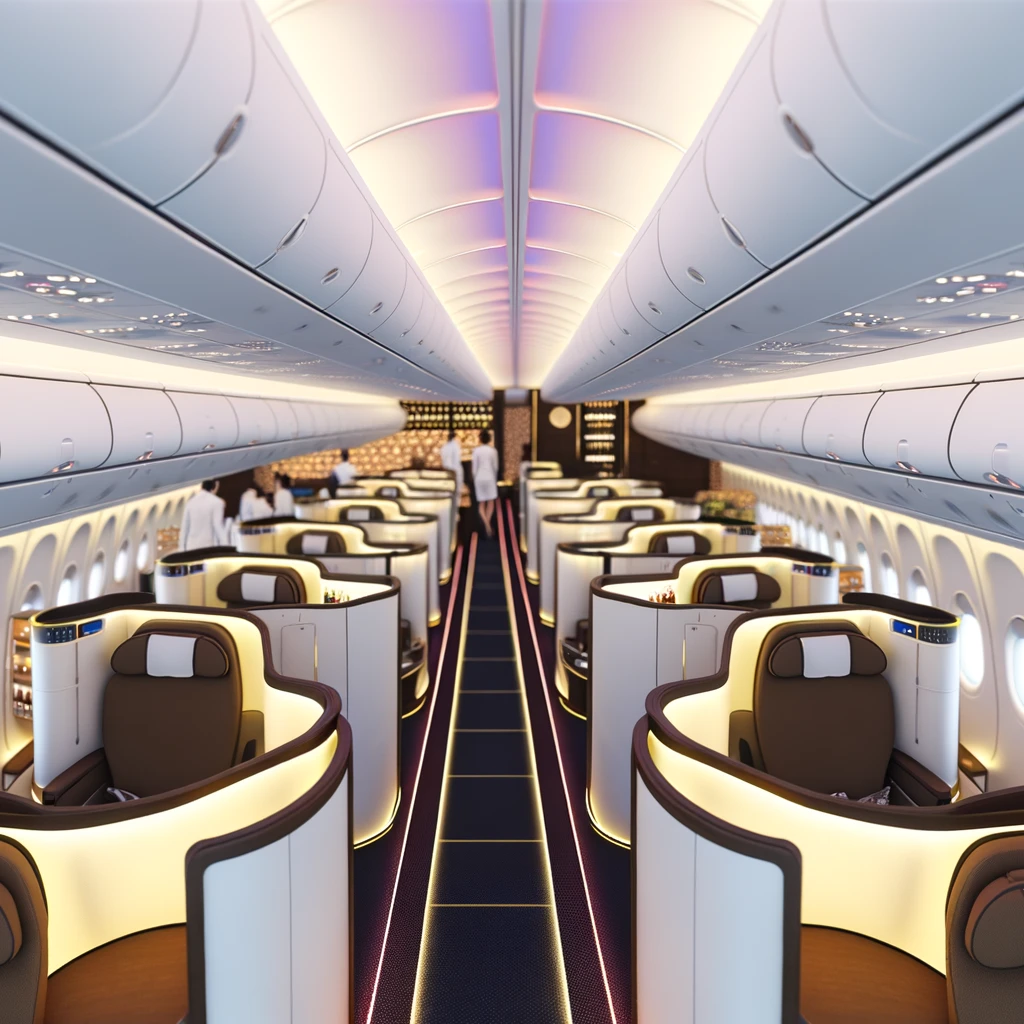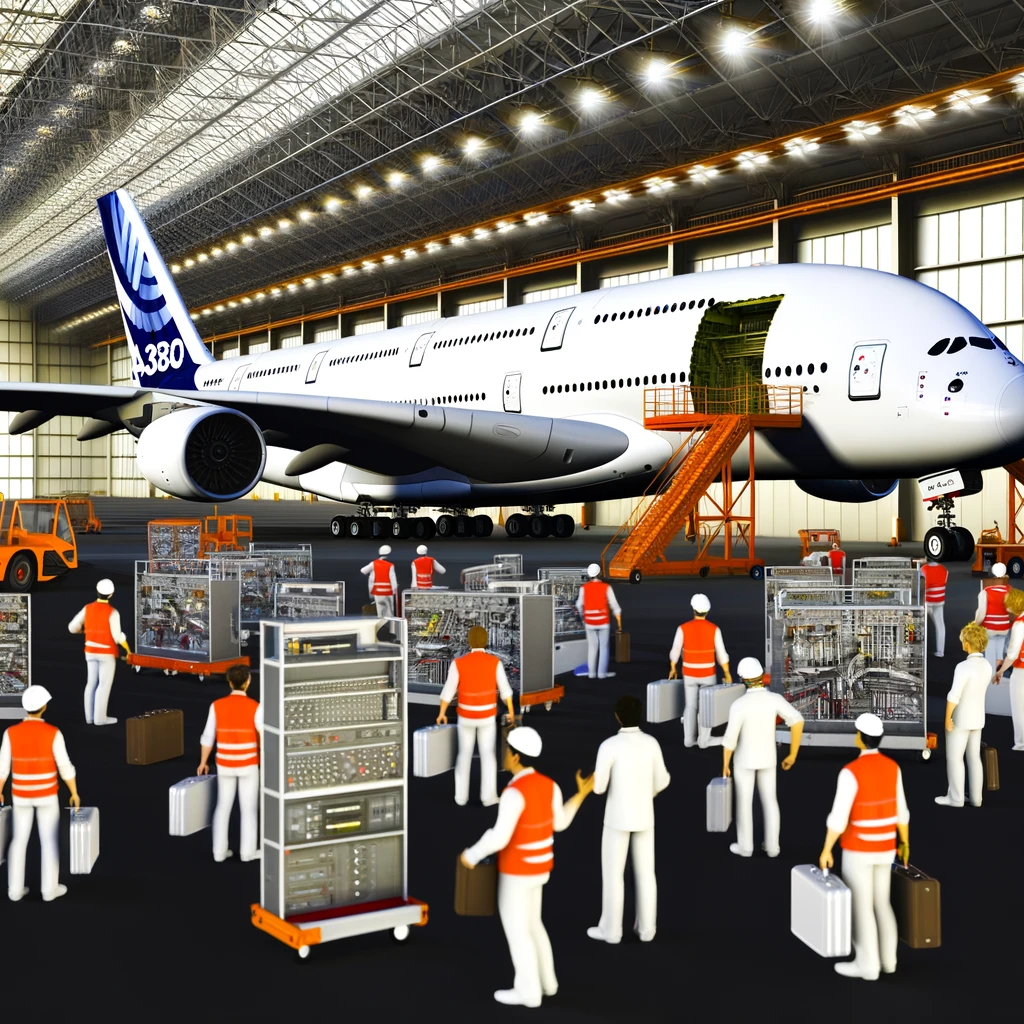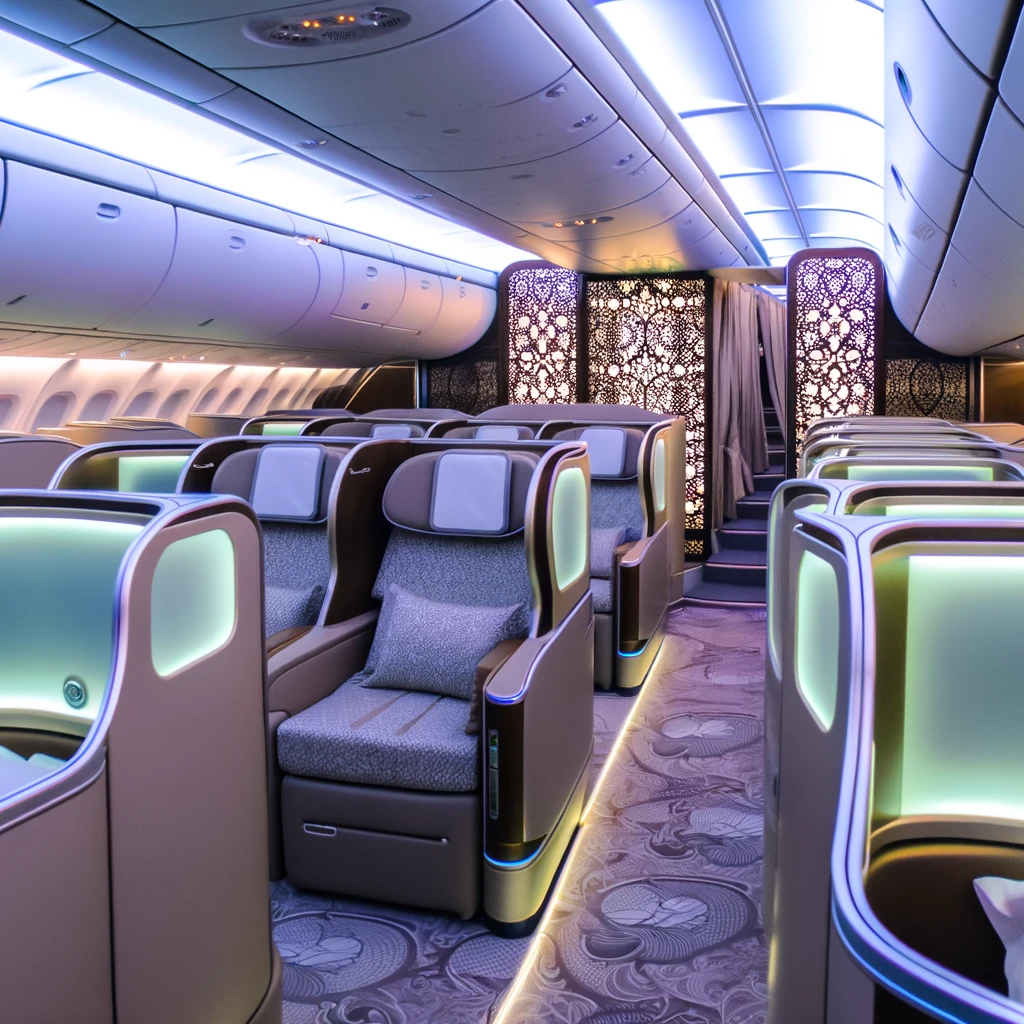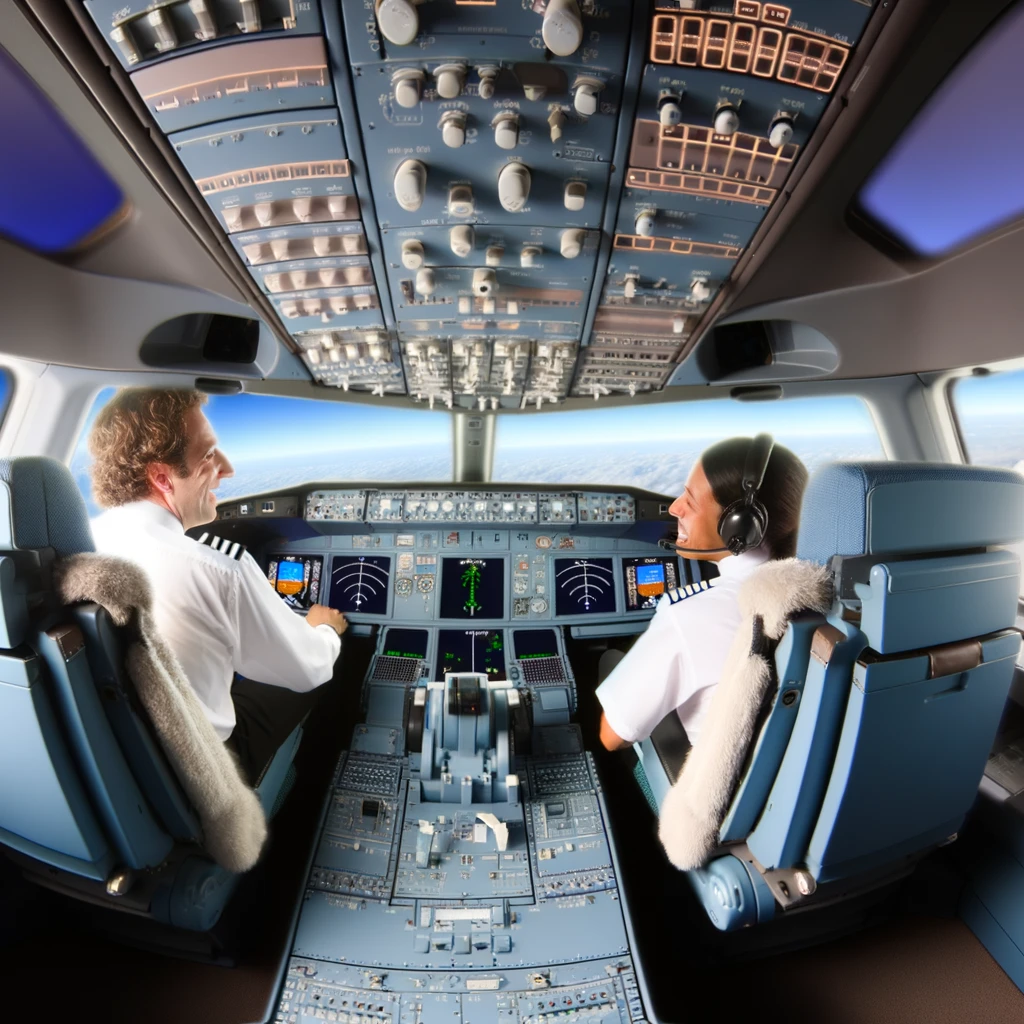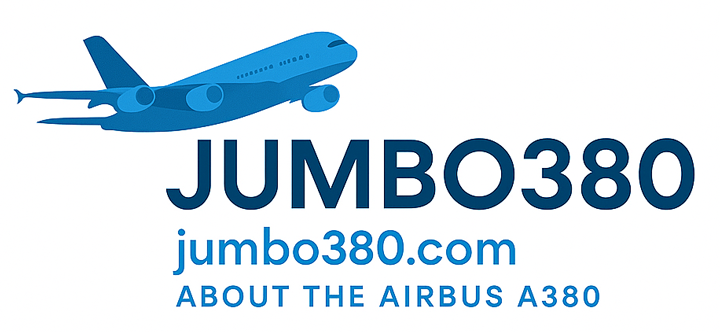
The Airbus A380 in Numbers: Impressive Stats and Facts
The Airbus A380, renowned as the world's largest passenger airliner, is a marvel of modern aviation engineering. Since its introduction, it has captured the imagination of passengers and aviation enthusiasts alike with its sheer size and capabilities. In this article, we delve into some of the most impressive statistics and facts about this iconic aircraft.
A Giant of the Skies
The Airbus A380 stands out for its massive dimensions. With a wingspan of 79.75 meters, a length of 72.72 meters, and a height of 24.09 meters, it is hard to miss this giant of the skies. These dimensions enable the A380 to offer unparalleled passenger capacity, accommodating up to 853 passengers in an all-economy seating configuration.
Engineering Marvel
The A380 is powered by four Engine Alliance GP7200 or Rolls-Royce Trent 900 engines, each capable of delivering up to 70,000 pounds of thrust. This incredible power allows the A380 to have a maximum takeoff weight (MTOW) of 1,268,000 pounds (approximately 575 metric tonnes).
Range and Efficiency
Despite its size, the A380 is designed to be efficient. It can travel a maximum range of 15,200 kilometers (about 8,200 nautical miles) without refueling, making it suitable for long-haul routes connecting major global hubs. The aircraft's design incorporates advanced materials and aerodynamics to reduce fuel consumption and emissions per passenger.
Passenger Comfort
The Airbus A380 is not only about size and range; it also sets new standards for passenger comfort. Airlines operating the A380 often offer luxurious amenities, including first-class suites, onboard bars, and spacious cabins. The aircraft's two full decks provide ample space, allowing airlines to offer varied seating configurations and superior legroom.
Economic Impact
Since its entry into service in 2007, the A380 has had a significant impact on the airline industry. It has enabled airlines to maximize passenger capacity on high-demand routes, optimizing operational efficiency. Additionally, the A380's ability to land at major international airports with limited slots has been a game-changer for many airlines.
Challenges and Achievements
Despite its many advantages, the A380 program faced challenges, including high production costs and changing market dynamics. However, the aircraft remains a testament to Airbus's engineering prowess and its commitment to pushing the boundaries of what is possible in commercial aviation.
The Future of the A380
While Airbus announced the end of A380 production in 2021, the aircraft will continue to fly for years to come. Many airlines still operate A380s on key routes, and for aviation enthusiasts, the A380 will always hold a special place in the history of aviation.
In conclusion, the Airbus A380's impressive stats and facts are a testament to human ingenuity in aviation technology. Its legacy will continue to influence future aircraft designs and the evolution of air travel.
Related Articles
